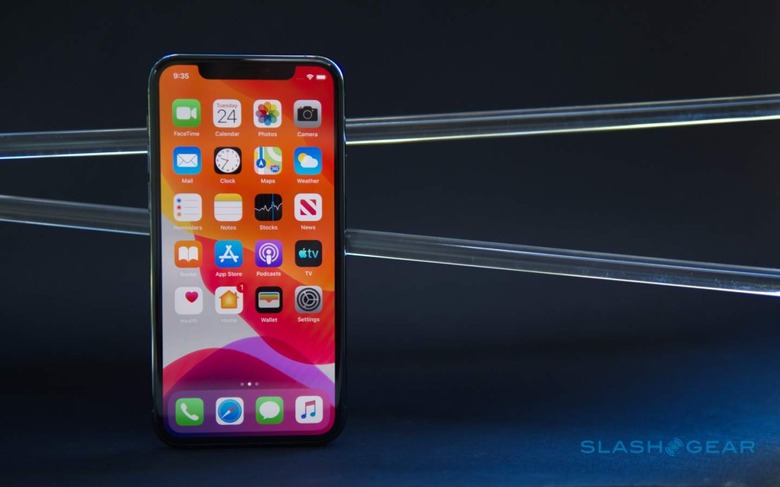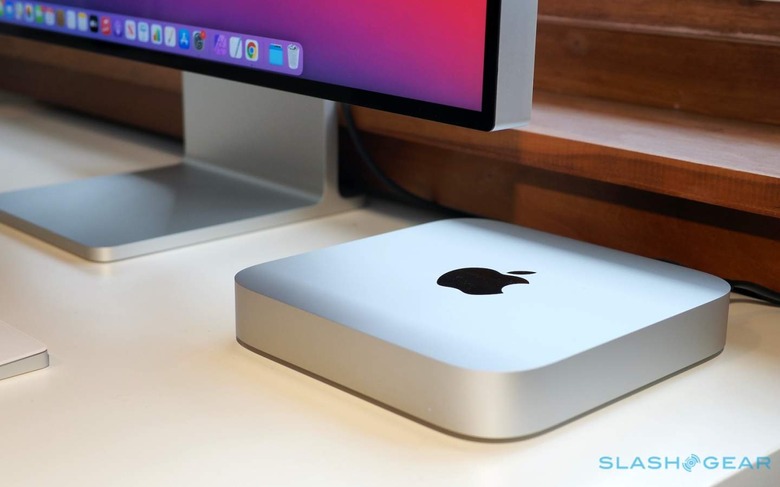A New Apple Display With An iPhone Chip Inside Is Reportedly In Testing
Apple is reportedly working on a new external display equipped with both a dedicated iPhone chip and a Neural Engine, potentially giving the Pro Display XDR a high-end replacement. Currently the company has just one official external display in its line-up, the 6K-capable Pro Display XDR with a $5k starting price.
While that targets Apple's professional users, who need excellent color accuracy and the sort of expansive contrast ratios required for video and photo editing work, it has left more mainstream users out of luck if they want an Apple-branded display with a more attainable price tag. Rumors have circulated of such a monitor since the Apple Thunderbolt Display was discontinued in 2016.
Now, there's new chatter of another potential twist to the Apple screen saga. The company is said to be currently testing a new external display that includes a dedicated A13 chipset and the Neural Engine. Known internally by its codename J327, 9to5Mac reports, the integrated silicon goes further than we've seen when it comes to standalone abilities for previous Apple displays.
Exactly how Apple will use all that is still uncertain. The A13 Bionic is the same SoC as in the iPhone 11 series, launched back in 2019. That had Apple's third-generation Neural Engine, which the company uses for accelerating machine learning.

It's possible, therefore, that this new, smarter display could be used to offset some of the processing that a connected Mac would need to do in order to drive it. We've seen external GPUs used in that way before, including adding higher-performance graphics to ultraportable notebooks whenever they're plugged in at a desktop. That way, while users still get the portability of a thin and light machine on the move, they can also take advantage of improvements in processing power when required.
Another possibility, it's suggested, is to give the new display fresh features such as AirPlay. For example, it could be used to project video from an iPhone or iPad directly to the monitor, without requiring a Mac be connected as well.

It's also possible that Apple could use the A13 Bionic chipset to deliver some sort of standalone Sidecar-style display support. Announced as part of the upcoming macOS Monterey, Sidecar allows for wireless multi-display setups simply by bringing the computers together. For example, you could position your MacBook Air next to an iMac, and Monterey will be able to wirelessly link the two desktops so that a single keyboard and mouse can control the two.
With a chipset of its own, a new Apple display could use that same straightforward connectivity to expand a Mac desktop without wires, effectively combining AirPlay screen extension and Sidecar simplicity.
Of course, just because Apple is working on something internally, doesn't mean that product will necessarily graduate to production. With launch plans unclear, it's entirely possible we'll never see it debut officially, though lingering chatter of a new screen sometime the year continues.
